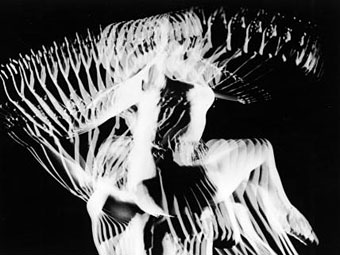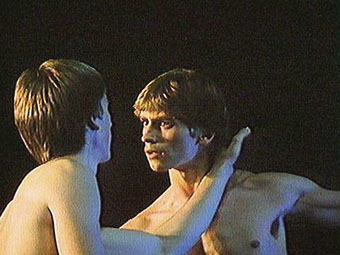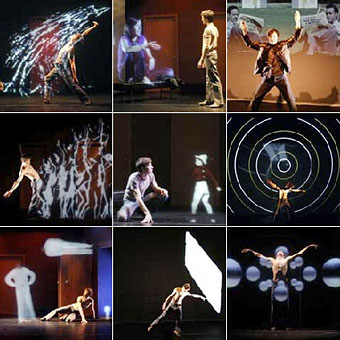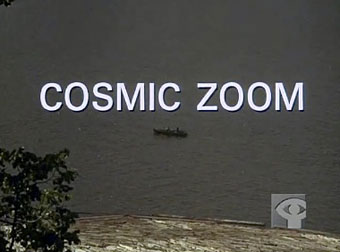
Pas de Deux (1968).
News of a theatre piece celebrating the creativity of Norman McLaren, the pioneering Scots (and gay) animator and film-maker, had me searching YouTube again for his work. His short film Neighbours (1952) is very well-known, oft-cited and imitated for its pixillated character movement. No surprise to see it there, then, along with other works such as Boogie Doodle (1941), Fiddle Dee Dee (1947), A Phantasy (1952), Blinkety Blank (1955) and several others.
Less well-known is a favourite film of mine which hadn’t been YouTubed last time I looked but which is now there in two parts, Pas de Deux (1968). This is a black and white film of a simple ballet performance transformed by its presentation to yield something that could only exist on film. Careful lighting, an atmospheric score, judicious use of slow motion and the stunning application of optical printing to multiply and mirror the figures makes one of the best ballet films I’ve ever seen; it was also one of McLaren’s personal favourites among his many films. He used slow motion again for two more dance works, Ballet Adagio (1972) and Narcissus (1983), one of his final films which impresses for its overt homoerotics but is less striking than its predecessor. The only version of the latter on YouTube is this scratch version with the visuals set to more recent music.

Narcissus (1983).
The best way to see McLaren’s incredible films is at a decent resolution, of course, and the National Film Board of Canada have made them available on a seven-DVD box set.

The theatre work mentioned above is Norman by Michel Lemieux and Victor Pilon which is at Macrobert, Stirling, from 17–19 April, 2008 then the Theatre Royal, Brighton from 6–10 May, 2008.
In an improbable act of theatrical alchemy, dancer/choreographer Peter Trosztmer literally inhabits McLaren’s cinematic universe. He dances, weaves, converses and interacts with the animator’s pulsing images and leaping figures, set loose in a riotous ballet of line, light and movement.
Previously on { feuilleton }
• Reflections of Narcissus





